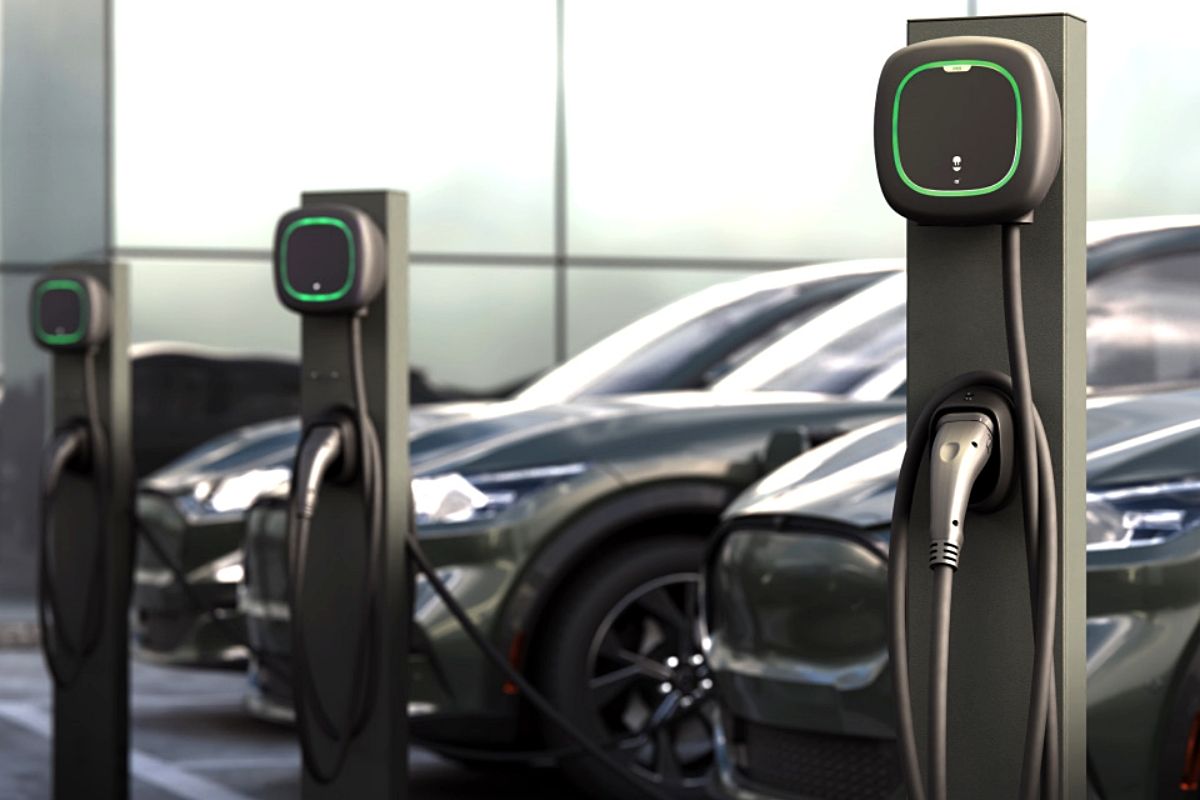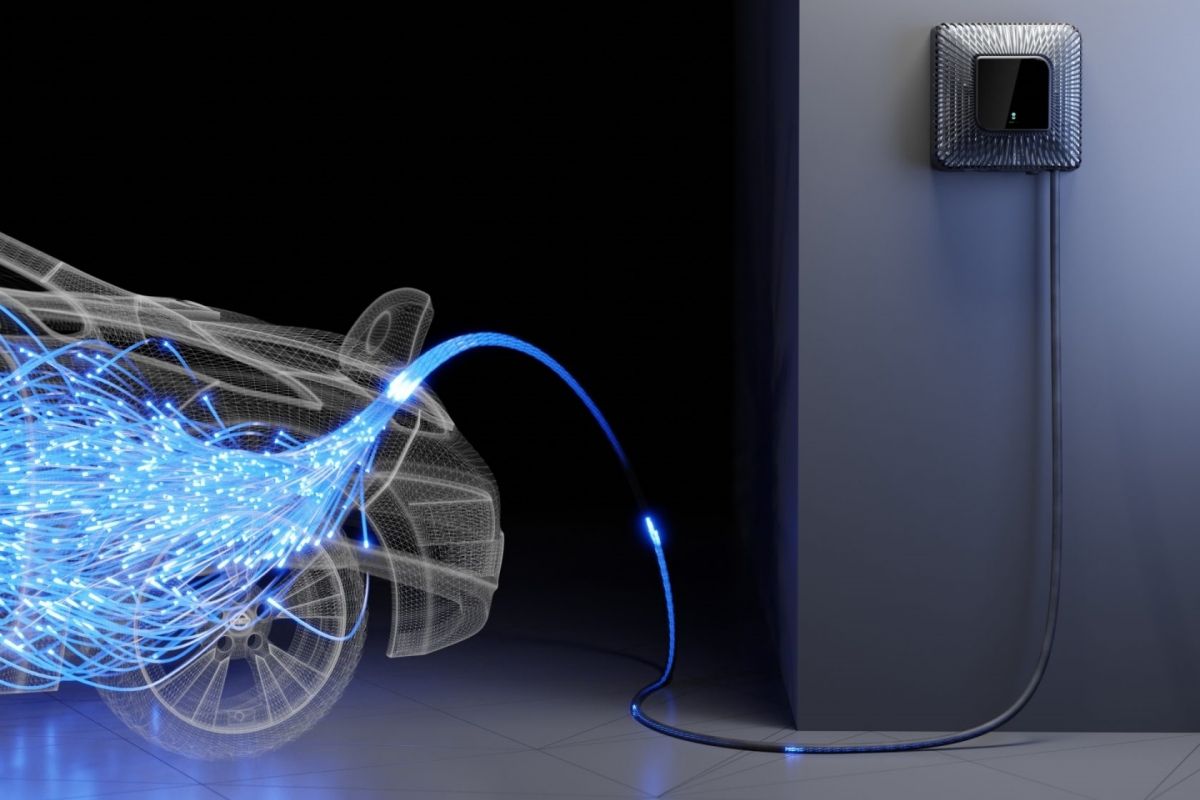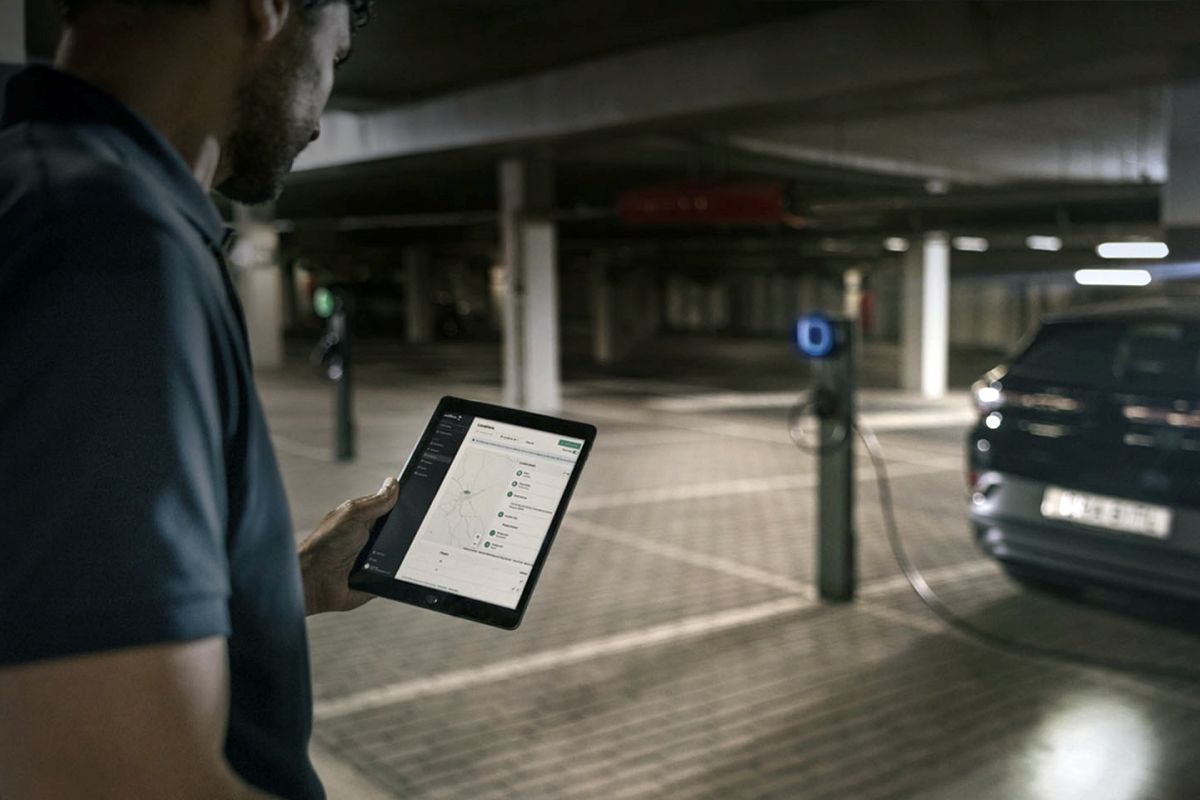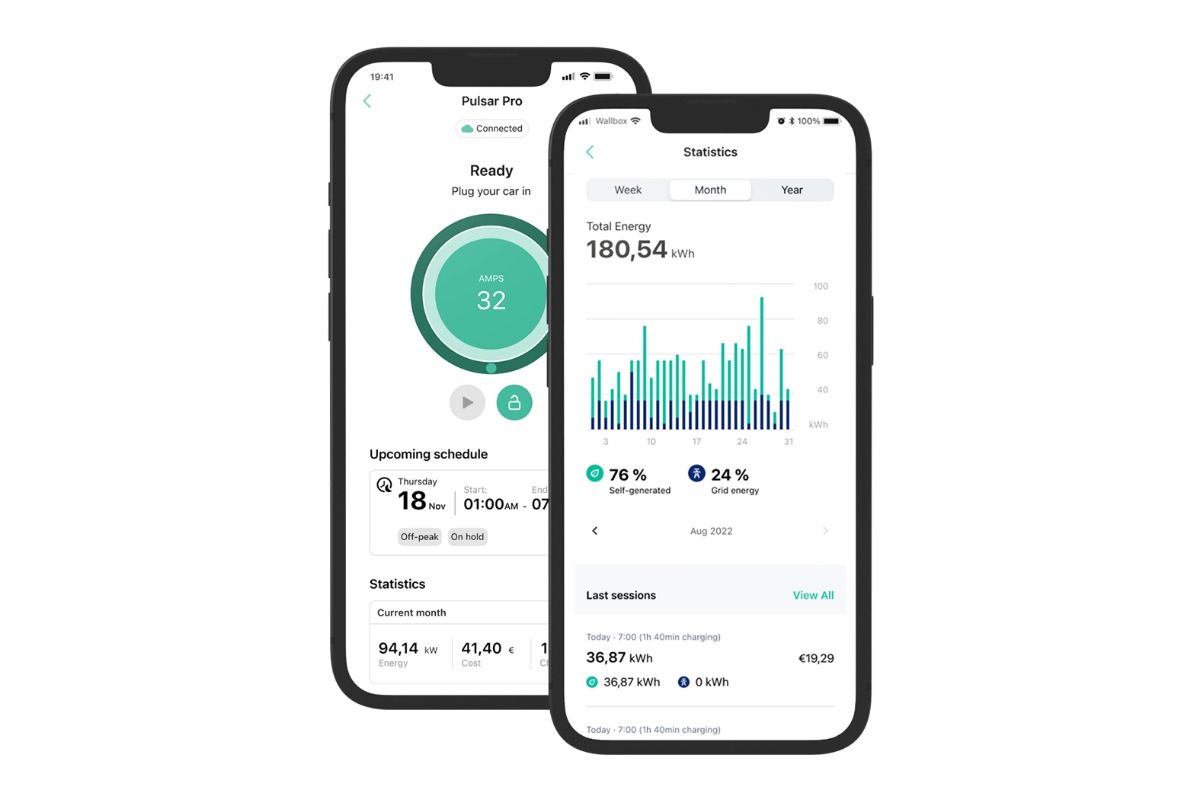Yes, you can install an electric car charger in your community garage and it's easier than you think
Any electric car user would wish to have their own charger, but this is less common among users living in community buildings, because it tends to be thought of as complicated. We will explain why this is not the case.

If you are considering acquiring an electric vehicle, or already have one, it is very likely that what suits you best is to have your own charging point at home. This is something that, for those living in single-family homes, is very simple: you just have to choose a provider and installer and pay for the service.
However, when it comes to a community garage, things change. At least that is what many people think. The reality is that installing an electric car charger in a shared garage is also quite simple.
Keys to installing an electric car charger in a community garage
Having your own charger at home is undoubtedly key to taking full advantage of an electric car. The first thing is that it is quite convenient. But, in addition, with it you can forget about a public charging network that is still limited and even deficient in many parts of Spain.

As if that weren't enough, it is also much cheaper and more reliable to charge the electric car at home, as public points tend to be much more expensive than the electricity price that the company you have contracted at home supplies.
Now, what should be taken into account when installing an electric car charger in a community garage easily?
1. You do not need the authorization of the homeowners' association
Many people hesitate to acquire an electric car because they think they would have to get the homeowners' association to authorize them to install the charger in the garage.
The truth is that this is not the case, as the Horizontal Property Law clearly establishes that, to install an electric car charger in the parking space of a community garage, the approval of the homeowners' association is not necessary.
What you do need to do is inform in writing to that homeowners' association, both of your intentions and the type of installation that is going to be carried out.
In addition, as is logical, the charger must be placed in your parking space and you will be the one to assume all the costs derived from its installation.

2. You need to decide what type of installation you are going to make
We have mentioned that you must inform the Community of the type of installation you are going to carry out. This is because, in a community garage, it is possible to install an electric car charger in three different ways:
- Common individual installation: the electric car charger connects directly to your home's meter, so there is no differentiation between the consumption of both entities.
- Specific individual installation: this consists of an individual and exclusive meter for the charger you are going to install.
- Collective installation: in this type, a group meter is used for all the charging points present in the garage. It is used when several neighbors are interested, although it is not common because it involves sharing all expenses.
3. Choose an appropriate charger
As you can surely imagine, not all electric vehicle chargers are the same, nor do they offer the same levels of power, reliability, functions, or quality.
As a rule, the charger must be of Mode 3 specific for electric cars. Thanks to this, you will be able to make the most of your vehicle's charging potential. And, also very importantly, you can do it safely.
An example of this type of charger for electric cars is the Wallbox Pulsar Pro, a balanced solution from the Spanish company, and which is especially indicated for shared spaces.
This charger offers, among other things, up to 22 kW of adjustable power from 6 to 32 amperes (A), a type 2 cable of 5 meters in length, and Wi-Fi and Bluetooth connections (also preconfigured 4G) to check the charge in real-time and even schedule it.
Also, a power meter with which to balance its consumption with that of the home to avoid power cuts or RFID technology for radio frequency identification.

4. Do not rush when choosing an installer
Regardless of what type of installation you are going to face, or what charger you choose for your electric car, it is vital that you take your time to compare budgets and choose the installation company.
After all, the rise of electric cars has led to the proliferation of many installation companies, but not all of them have qualified professionals or the necessary seriousness in these cases.
After all, the installation of a charger for an electric car is a very serious matter that must be done properly and legally so that the end user, you, can enjoy its ease of use and have a fully satisfactory experience.
* This news is an AI translation of the original content. Motenic.com is part of Motor.es.
Fotos: Wallbox

